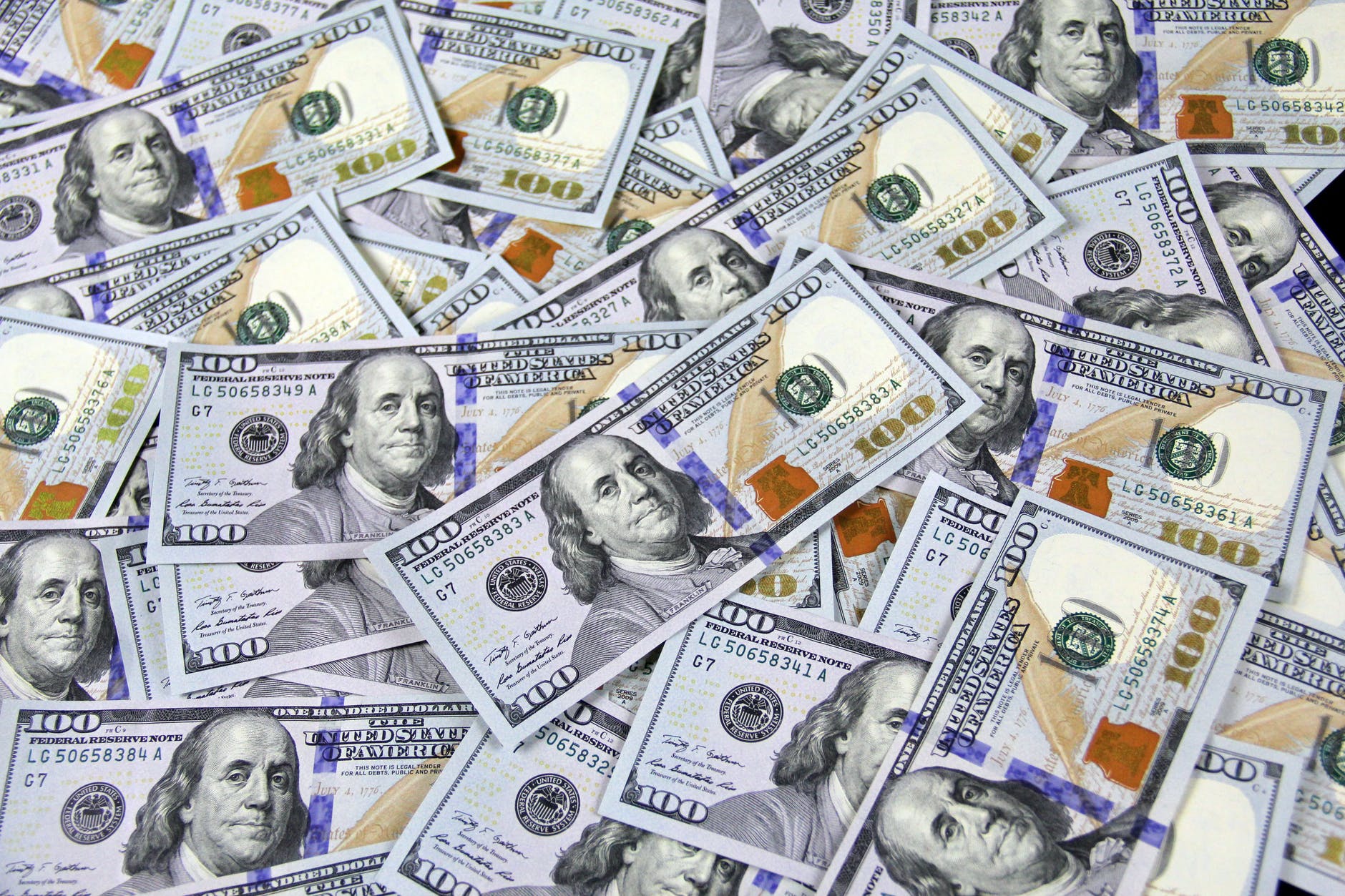This is part 2 of a series that started here.
This is a report by Hima Sutha
How Bond yields affect banks and why banks need to keep surplus funds in investments rather than putting all their assets into loans
In the United States, the US Treasury issues bonds on the government’s behalf to raise money for the government. However, the interest rates are controlled by the Federal Reserve (Fed), which impacts how much interest/yield the individual will gain over the years until the initial payment is given back to the money lender.
Due to the pandemic, to motivate the citizens in the country to spend more in the markets, the Fed lowered the interest rates from 2019 until 2022. The interest rates during 2019, 2020, and 2021 were low due to the COVID-19 pandemic.
From July 2019, the interest rates began to decrease from 2.40% and fell all the way to 0.08% until February 2022.
However, since February 2022, to cool down the inflation (rapid increase in the price levels due to excessive spending), the Fed decided to hike the interest rate, which currently is between 4.50-4.75%.
Just like there’s a market for fruits and vegetables, markets for bonds exist in the economy too.
Different kinds of bonds are available in the bond markets- from big companies, governments, etc. Let’s assume that many people willing to give their money (lenders) and many bond issuers meet and are trying to come up with a price at which they should sell a bond with a value of $1000 today. While determining the prices in the market, at high-interest rates (interest payments that will be made to the lender regularly for lending money), the prices of bonds are low.
Therefore, there is a negative relationship between the bonds’ prices and the bonds’ interest rates.
To understand this situation, here’s a hypothetical situation. Let’s consider an imaginary company A.
Company A buys a bond at $1000 that yields an interest of 2% (which is set by the Fed) on
January 1st, 2023, and the bond expires on January 1st, 2024 (in 1 year).
This means that the lender (person giving the money) gives $1000 on January 1st, 2023, and receives the interest of $20 (2% of $1000) and $1000 – $1020 in total on January 1st, 2024.
However, on February 1st, 2023, Fed hiked up the interest rates to 4%, which means that the
bonds now have more interest rate that needs to be issued to the lender if they buy the bond
today.
As a result, the lender needs to buy the bond for $1000 on February 1st, 2023, and will
receive an interest of $40 (4% of $1000) and $1000 – $1040 in total on February 1st, 2024.
Here’s a graphical representation of this situation:


Since the interest rates have now increased, if Company A wants to sell the bond that they purchased at an interest rate of 2%, fewer people will be willing to buy it since it gives them a lesser interest.
So, company A will have to sell the bond at a price lower than what they paid for it if they need to get some cash in their hand.
Next Part: What happened with SVB


2 Replies to “Part 2: The Global Banking System”
Comments are closed.